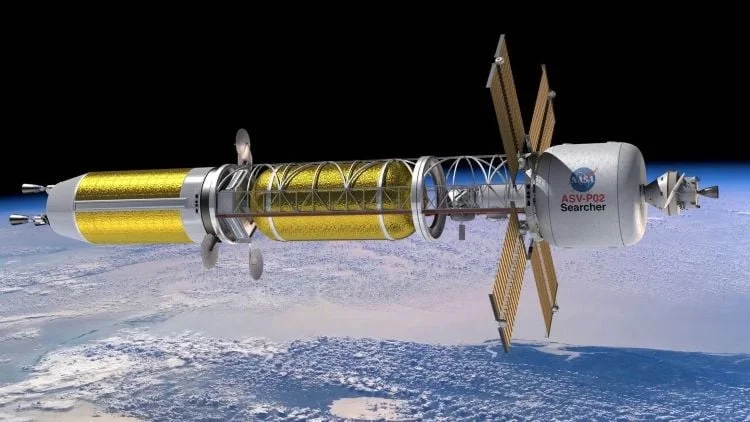
Nuclear Propulsion: The Future of Deep Space Exploration?
The quest for efficient deep space travel has taken a significant leap forward with the resurgence of interest in nuclear propulsion. Recent studies highlight the potential of both fission and molten uranium-based engines to revolutionize our ability to explore the outer reaches of our solar system and beyond. But are these technologies truly ready for primetime?
A study presented at the 56th Lunar and Planetary Science Conference (LPSC) investigated the financial, logistical, and reliability aspects of using fission power for deep space missions. Malaya Kumar Biswal, Founder & CEO of Acceleron Aerospace, emphasized that current propulsion systems are insufficient for long-duration missions to Mars and beyond. Nuclear power offers a solution with its high energy density and independence from sunlight.
The study highlighted that fission power systems offer higher and more consistent power output, critical for both propulsion and life support. They can also reduce transit time and support larger payloads, especially in environments where solar power is not viable. Challenges remain, including radiation shielding, safety protocols, and system mass. However, NASA’s Kilopower project shows progress towards making this a practical reality.
Another exciting development is the research into Centrifugal Nuclear Thermal Rockets (CNTR), utilizing liquid uranium fuel. Engineers from The University of Alabama at Huntsville and The Ohio State University are developing this technology, aiming for a specific impulse of about 1,500 seconds, twice that of chemical engines. This could significantly increase spacecraft speed without sacrificing thrust.

The CNTR design involves rotating molten uranium at high speed in a centrifuge to heat hydrogen to extreme temperatures. The hydrogen gas is then ejected through a nozzle for thrust. While promising, challenges include managing nuclear reactions, stabilizing internal temperatures (using erbium-167), and removing reaction byproducts like samarium and xenon. Preventing uranium leaks through the nozzle is also crucial; researchers propose using dielectrophoresis for uranium recovery.
A paper in Acta Astronautica details progress on overcoming some of these engineering challenges. The biggest difference between CNTR and traditional Nuclear Thermal Propulsion (NTP) is the use of liquid uranium fuel. A new paper in Acta Astronautica describes some incremental progress in making this improved engine a reality.

Fraser discusses the DRACO project, which hopes to test a nuclear rocket by 2027. However, even with a 99% uranium recovery rate using DEP, there could be massive impacts on the viability of the engine.
Biswal highlighted the possibility of using nuclear propulsion to explore star systems like Proxima Centauri. “Exploring another star system like Proxima Centauri is a monumental challenge, but nuclear propulsion is one of the few technologies that could make it conceivable within this century.” High-thrust nuclear thermal propulsion combined with electric or ion propulsion could drastically improve our reach and reduce mission duration.
These advancements could pave the way for future exploration initiatives, enabling humans to reach distant worlds and establish permanent settlements within and beyond the solar system. As Biswal stated, nuclear-powered systems are rapidly becoming a necessity for meaningful exploration beyond low Earth orbit.
Will nuclear propulsion finally deliver on its promise and unlock the secrets of deep space? What are your thoughts on the risks and rewards of using nuclear technology for space exploration? Share your opinions in the comments below!